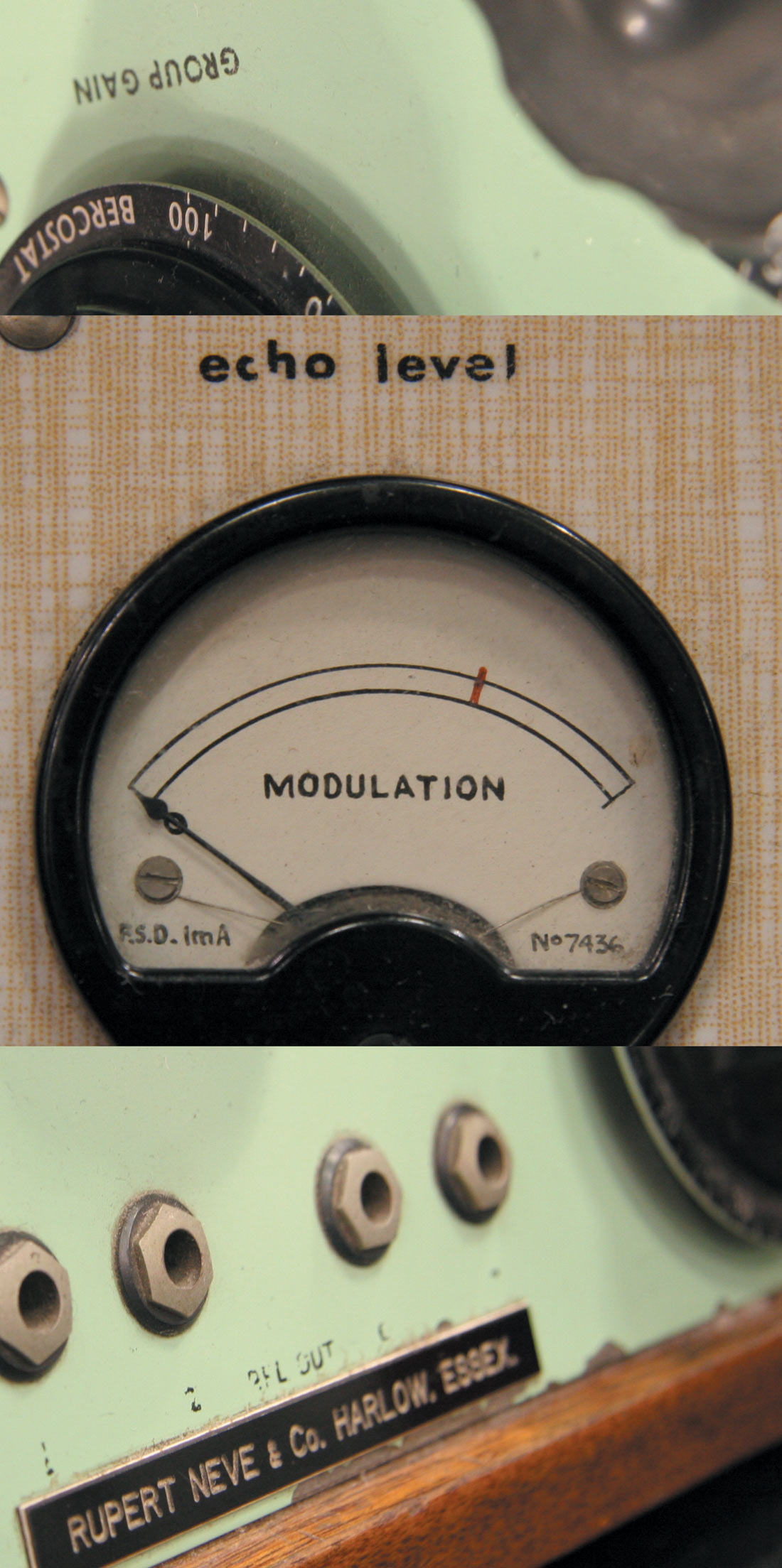I've learned to really respect John Peluso-designed microphones. John Peluso too. He's taken the plunge into ribbons with his brand new R14. He's not new to ribbon technology however. He's been repairing ribbon mics for years. He repaired his first ribbon, an RCA 77DX, back in 1967 and has been doing it professionally since the early '70s. And although I'm a huge fan of his condensers, like the 22 47LE, 22 47, and 22 251 (Tape Op #44, #48)-all of which I decided to purchase after reviewing them in these pages-I had my doubts about his ability to develop a great ribbon mic that can adequately compete with some of my favorites.
Being a jazz guy, I use ribbons all the time. I already own the AEA R84 and Royer R-121, and I've used the RCA 77DX and AEA 44C extensively. For trumpet, alto sax, voice, and guitar, ribbons capture a sound that isn't easily replicated with anything else. Let me just say I use ribbons a lot.
For all these tests, I used Millennia HV-3 mic preamps into a Metric Halo ULN-2 recording at 24-bit, 44.1 kHz.
My first test pitted the R14 against the R-121 and R84 on two of my acoustics, both Taylors. One a Dreadnought 25th Anniversary-a beautiful guitar, but because it's a Dreadnought, it tends to boom in the lower register. The other a 414-CE-not the highest-end Taylor, but it gives a beautiful, crisp, rounded tone.
Frankly I was blown away by the Peluso. All three mics sounded very similar in the upper mids. The R84 was a tad brighter in the top. The R14 was looser in the lower end and I'd say much warmer than either of the other mics. Bigger bottom. I had to work on repositioning it for recording the dreadnaught. I don't think it was an issue of bigger proximity effect, just more low-end presence. It takes EQ very well so if I wanted it to sound more like the Royer all I had to do was cut some lows. Because the bottom was so much bigger than with the AEA R84 or R-121, it was more reminiscent to me of the AEA 44C, a mic I'd love to own.
The alto sax test was slightly more telling. With the same mics and preamps for comparison, I used Darius Babazadeh, a great local jazz alto player. We were both impressed at how similar the mics sounded. I must say that the R84 sounded more pleasing right off the bat in this test. More high end. You could discern the spit in the reed better. But the Peluso had a smoother sound. Once again, warmer and rounder. To me, there was more tone in the Peluso. I just added slightly less than a dB at around 5 kHz-not trying to pinpoint the frequency-and I got the high end I liked in the R84, but with more body. I also think the Peluso was more natural sounding. When Darius played alto in the room, it captured more closely what I heard.
Now I'm really an electric guitarist, and I tested this last. One of my favorite recording amps is my trusted, old, discontinued Seymour Duncan Convertible 1x12. I can get a beautiful overdrive with it. I used the same three mics. I'm very familiar with what the R84 and the R-121 do in this situation. I'm a fan of both. I used both front and back of the mic on the Peluso and the Royer, as they give different sounds. I like to put the ribbon right up to the grill. I pulled out an old jam track I had and wailed away.
Once again, the Peluso proved to be smoother. Not quite as bright, but that's not an issue for me, EQ being what it is. As a matter of fact, both the R-121 and R84 sounded a tad harsh in the upper frequencies in comparison; hyped, and actually lacking in the low end as if it was sacrificed. Not like the old vintage RCAs. The Peluso sounds like a real ribbon; more like the old ribbons.
I'm really, really excited about this mic. I think this will now be my go-to electric guitar mic. I preferred it over my other ribbons-and I love all of them. I just found the R14 to be warmer and smoother. I don't know how else to describe it. It's got slightly more body. I'm a little upset now too. I'll have to figure out how to purchase yet another Peluso mic. I can't let this one go back! ($759.38 direct; www.pelusomicrophonelab.com)
Tape Op is a bi-monthly magazine devoted to the art of record making.




_disp_horizontal_bw.jpg)